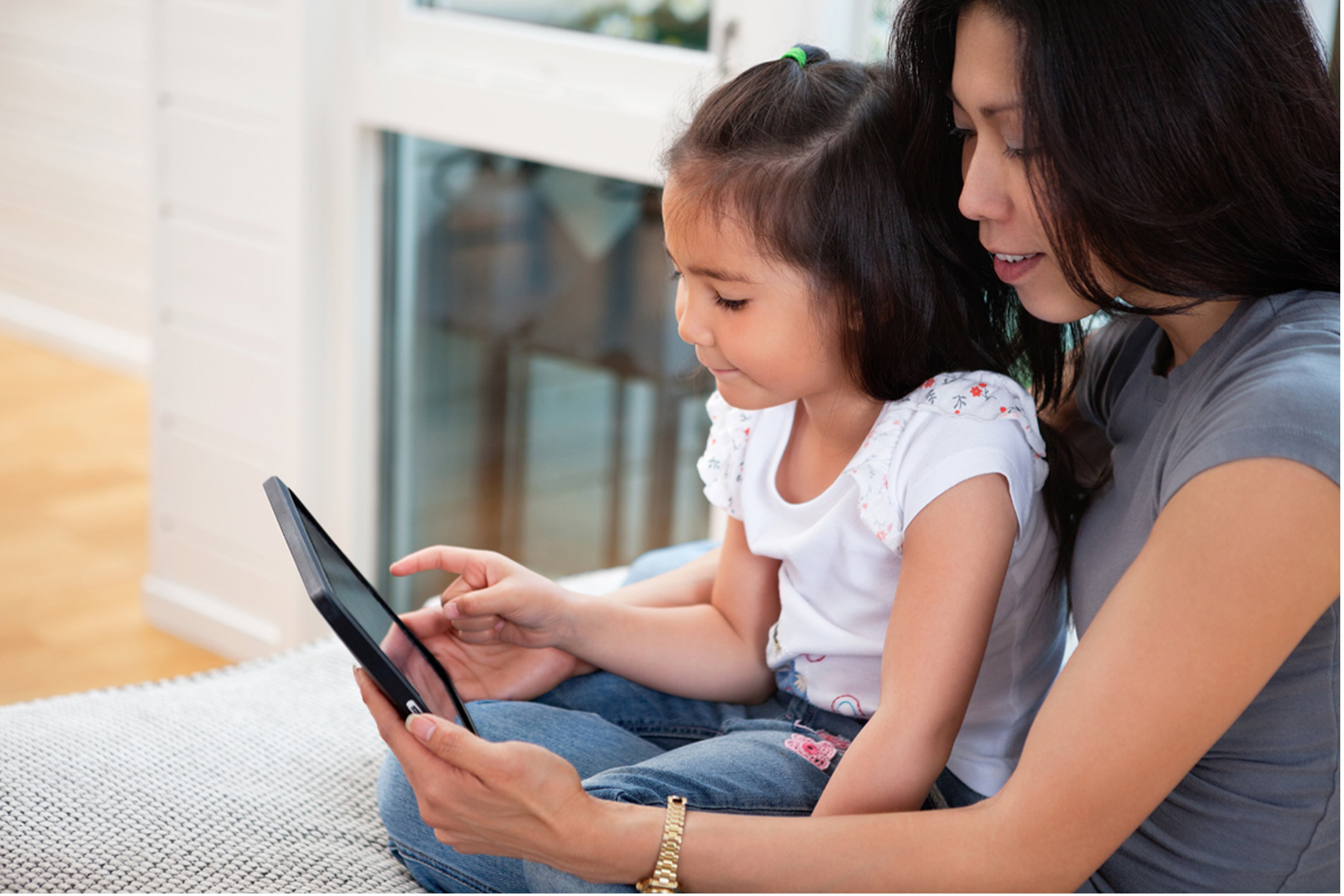
03 Jul Looking at Literacy: Building The Word Bank
Reading aloud to young children is the most effective means of helping them to develop language, writes Nan Williamson
No-one expects a child’s body to develop and grow without a constant diet of healthy, varied wholesome food. The same is true of language and vocabulary. Children’s ‘language diet’ is talk, song and books.
By surrounding young children with a rich diet of spoken language, we can provide them with a love of words and language and an understanding of the power of words, as well as the opportunity for important communication and sharing of ideas. They will respond with articulate sentences, a growing vocabulary and an understanding of the fine variations and power of language.
Language development and vocabulary come slowly. In infancy, children develop a ‘listening vocabulary’ – the everyday words we say which they come to understand.
By surrounding infants with a flow of talk, we accustom them to the sounds of words and the connections between words and meanings. Just as they respond to the voices of those close to them, they also begin to learn to recognise the words they hear.
Soon they begin to make sounds to produce these words for themselves. Words uttered may be approximations of the standard words, but recognisable to parents and siblings. It does not take long for very young children to begin to understand the power of language when their attempts at words produce results in the form of a drink, or food or attention of some kind.
In addition to the everyday words that children quickly acquire, they start to develop their ‘reading vocabulary’ – the words they begin to hear and recognise through reading and song. Children who are read aloud to regularly, especially when they hear stories repeated, pick up the extended vocabulary of books, which is so much richer than our everyday practical vocabulary. In addition, they pick up the rhythms and rhymes of stories, the fine variations in language, the emotive overtones and the persuasive and colourful fabric of words and language. They begin to enjoy language: its sounds and subtleties of meaning. Their delight in riddles is just one indication of this fascination.
Reading aloud to young children also provides wonderful opportunities for parents and children to discuss the words and question a book’s contents. As children grow older, and new words occur in the reading, opportunities arise to discuss pronunciation and common parts of words, which helps children to understand how our language works. Of course, these discussions should arise casually as a result of the child asking about words, not in a ‘lesson format’ that might overwhelm the sheer pleasure and enjoyment of the story.
Young children will often pick up interesting words, giving them a thorough work-out until they have been successfully assimilated into their vocabulary.
Research indicates that in the everyday language in the average home, we use a vocabulary of some 7,000 to 10,000 words. To succeed academically in secondary school, students are thought to need a vocabulary of around 100,000 words.
Clearly, we give our children a flying start if we help them to develop beyond the basic ‘home vocabulary’ by reading to them on a daily basis. Obviously, children who read regularly develop a much richer and more varied vocabulary than those who don’t. Young adults who can speak confidently, have wide and expressive vocabularies and can articulate their views, are well-equipped as they leave school and enter the workforce, relationships and the world.
Nan Williamson is a literacy consultant with a special interest in children’s literacy.

